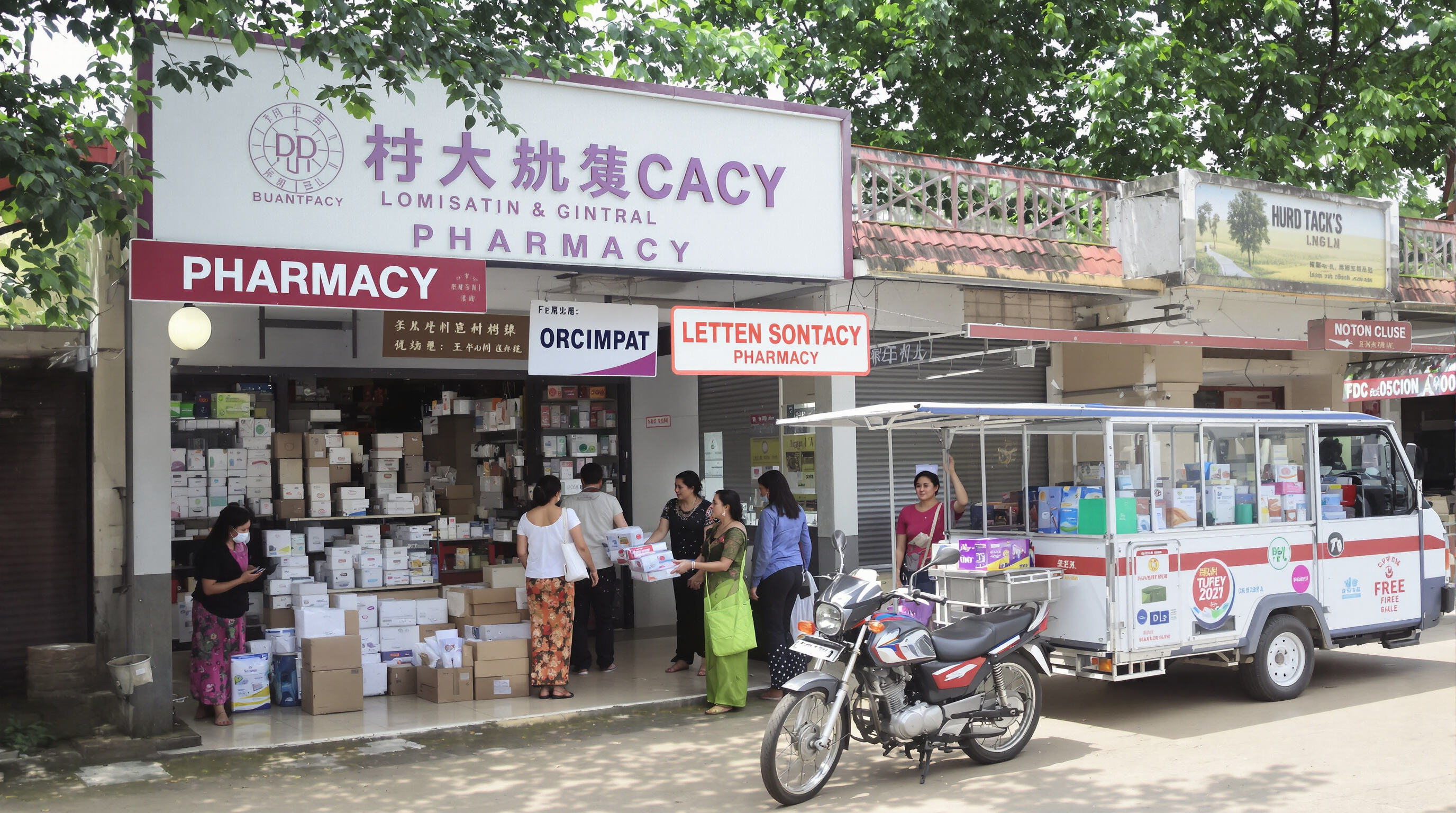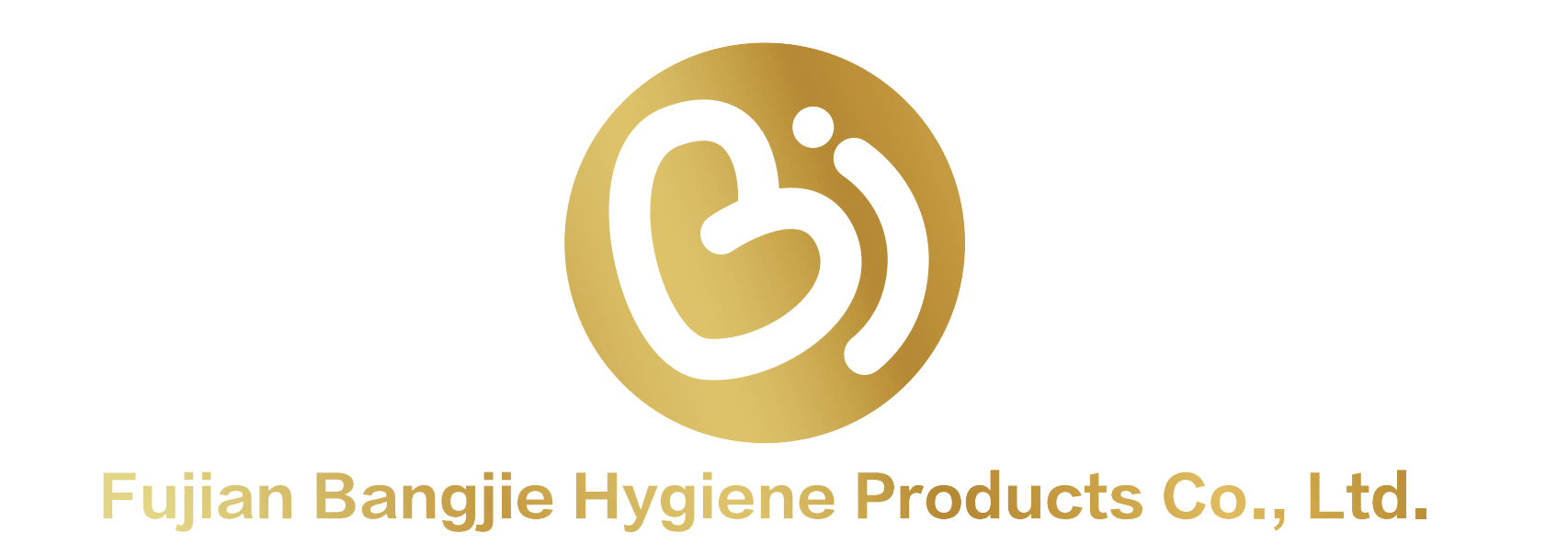хөх нүүрстэй туулайтай зах зээлийн дэлхийн эрэлтийн таамаглал 2025
Дэлхийн зах зээлийн хэмжээ, өсөлтийн чиг хандлага

Хөх нүүрстэй туулайтай зах зээлийн нийт хэмжээ ба 2023–2025 оны таамаглал
Дэлхийн борлуулалт далавчтай ариун цэврийн хэрэглэл 2025 онд 19.2 хувийн хурдтай өснө гэж хүлээгдэж байгаа бөгөөд 2023 оны гигиений салбараас гаргасан тайлангийн мэдээллээр тэр үед 14.6 тэрбум ам.долларыг хүрэх боломжтой. Энэ зах зээл нь энгийн сарын доторхийн бүтээгдэхүүнээс илүү хурдан өсч байгаа бөгөөд эдгээр бүтээгдэхүүн нь дусалтыг саатуулдагтай холбоотойгоор эмэгтэйчүүдийн мэдлэг нэмэгдсэнээр дунджаар долоо хувиар давж байна. Энэ өсөлтийн ихэнх нь хөгжиж буй орнуудаас ирж байгаа юм. Тухайн орнуудад шинэ хэрэглэгчдийн нийтлэг 68 хувь нь амьдардаг. Жишээлбэл, Энэтхэг, Бразил улсууд нь Европ болон Север Америк дахь боловсон зах зээлд бидний харж буй хэмжээнээс бараг хоёр дахин их хэмжээгээр хэрэглээгээрээ өсөж байна.
Хувь хүний гэр бүлийн хэрэглээний нийт сарын доторхийн зах зээлийн доторх хөлтэй хувилбаруудын жилийн дундаж өсөлтийн хурд болон зах зээлийн эзлэх хувь
Хөхөө бүхий цэвэр булчирхайн хэрэгсэл нь одоогоор сарын тэмдэгний бүтээгдэхүүний дэлхийн зах зээлийн ойролцоогоор 41% эзэлдэг бөгөөд жилдээ дунджаар 7.2%-иар өсч байна. Энэ нь өмнөх жилийн зах зээлийн судалгаа болох Market Pulse-ийн мэдээллээр энгийн хөхөөгүй булчирхайн хэрэгслээс ойролцоогоор гурав дахин хурдан өсөлт юм. Яагаад хөхөөтэй загварууд ийм ч эзлэгдэж байна гэвэл, судалгааны дүнгээс харахад дэвтээснээс 92% нь амжилттай дүүргэдэг бол стандарт цэвэр булчирхайн хувьд зөвхөн 73% байна. Ирээдүйг харвалт нийт зах зээлийн ойролцоогоор тавин таван хувийг эзэлнэ гэж таамаглаж байна. Технологи нь хэрэглэгчдийг ялагч шиг ялж авч байгаа мэт харагдаж байна.
Нутаг дэвсгэрийн харьцуулалт: Хөхөөтэй ба хөхөөгүй цэвэр булчирхайн хэрэглээний харьцаа
Хэрэглээ нь нутаг дэвсгэрээрс хамааран ихээр ялгаатай байна:
- Латин Америк : Нийслэл дэх нийт хэрэглээний 58% нь хөхөөтэйг сонгож байгаа бол хөдөөгийн бүсэд зөвхөн 19%
- Өмнөд Азийн : Ажиллаж буй эмэгтэйчүүдийн 67% нь замд явах үедээ хөхөөтэйг сонгож байна
- Зүүн хойд Африк : Үнэ бэрхшээлээс болж зөвхөн 12% хүртэл дэвшсэн байгаа бөгөөд энэ нь далавчтай хөзөөг энгийн хувилбарыг бодвол 3.3 дахин үнэтэй болгож байна
2024 оны ЭБС-ийн судалгаагаар татаасны үнээр нь хангах ажилтайд буй бүс нутгуудад далавчтай бүтээгдэхүүнийг 41% хурдан хэрэглэж байгааг харуулжээ.
Хэрэглэгчийн дур сонирхол далавчтай цэвэр байлгах хөзөөний эрэлтийг хэлбэржүүлж байна
Үндсэн хүчин зүйлс: Бүтээгдэхүүнийг сонгохдоо дотоод аюулгүй байдал, дусалтгүй байдал, бат бөх байдал
Хөгжиж буй орнуудын эмэгтэйчүүд далавчтай цэвэр бүсийг илүүд үзэх болсон бөгөөд энэ нь нийтлэг ашиглахад илүү сайн байдаг. 2024 оны сүүлийн судалгаагаар хүмүүсийн ихэнх нь (68% нь) шөнөжин хуурай байх чанарыг хамгийн ихээр анхаардаг байна. Дараа нь наалддаг ирмэг нь судалгаанд оролцогчдын ойролцоогоор хагас (54%) хүртэлх хүмүүст чухал байсан бол амьсгалдаг даавуу нь бараг 50%-д чухал байв. Одоогийн идэвхитэй амьдралын талаар бодоход энэ нь логиктой харагдаж байна. Хүмүүс хөдөлгөөн хийхдээ ямар нэгэн аюулгүй байдалд сэтгэл санааны дарамтгүй байхыг хүсдэг. Далавчгүй сонголтууд нь туршилтын үед далавчтай бүтээгдэхүүнүүдтэй харьцуулахад гурван дөрөвний нэгээр илүү гаж зөрүү үзүүлсэн байна.
Томоо хот болон хөдөөгийн орчинд нимгэн далавчтай загварын эрэлт өсжээ
Хүмүүс ихэвчлэн илүү олон мөнгөтэй байж, олон улсын модны зүг ханддаг хот суурин газруудад нүүрсний хөхөөний борлуулалт ихсэж байна. Гэвч аймгийн нутаг дэвсгэрт бас өөрчлөлт орж байгаа. Мэргэжлийн тайлангуудын мэдээлснээр 2023 оноос хойш зах зээл жил бүр дунджаар 14%-иар өргөжин, хөдөөгийн холын баганы газруудад барааг нийлүүлэх боломж нэмэгдсэнээр энэ нь үргэлжилж байна. Пер нимгэн гэж юу вэ? Одоо ихэнх хэрэглэгчид ийм бүтээгдэхүүнийг хүсдэг. 2 мм-ээс бага зузаан бүтээгдэхүүн борлуулалтын 10-ын 4-ийг эзэлж байна. Гадаа ажилладаг эмэгтэйчүүд болон оюутнууд ийм нимгэн хувилбарыг сонирхож байгаа нь хувцасны доод талд харагдахгүйгээр сайн хамгаалалт үзүүлдэг тул юм.
Хүн ам зүйн мэдээлэл: Нас, орлогоор дамжуулан хэрэглээний дүрэм журам
- Залуус (15–19): сургуулийн эрүүл мэндийн төслийн мэдээллээр 71% нь спортоор тоглох үед цэвэрхэн загварыг сонгож байна
- Ажилтай эмэгтэйчүүд (25–34): 82% нь өдөр тутмын аялалын үед дусалтгүй ажиллагааг үнэлдэг
- Бага орлоготой бүлэг: Үнэ мэдрэг байдал нь хэрэглээг хязгаарладаг боловч татаасын хөтөлбөрүүд нь жилд 19%-иар хүртээмжийг нэмэгдүүлдэг.
Эдгээр загварууд нь эрхэм бүлгүүдэд хүрэхийн тулд үйлдвэрлэгчид инновацийг хангалттай болгох шаардлагыг харуулдаг.
Танилцуулга, Боловсрол, Бодлого: Эрэлтийг хурдасруулах гол хүчин зүйлс
Сарын тэмдгийн ариун цэврийн тухай мэдлэг нь хөлтэй ариун цэврийн халсны хэрэглээнд нөлөөлөх нь
Ерөнхий эрүүл мэндийн инициативууд нь эмнэлгийн хүрээний 2023 онд хөлтэй ариун цэврийн халсны хэрэглээг эх орондоо 30%-иар нэмэгдүүлсэн бөгөөд дээд нь дусал багасгах, бат бөх бэхжүүлэх зэрэг давуу талыг онцолдог. Зөв ашиглах арга техникийг танилцуулсан хотын кампанитууд нь туршилтын бүсүүдэд 6 сарын дотор бүтээгдэхүүнийг хаях явдлыг 19%-иар бууруулсан.
Засгийн газрын инициатив, татварын хөнгөлөлт нь бүтээгдэхүүнд хүртээмжийг сайжруулж байна
Кенийн 2022 оны сарын бүсийн бараануудын ДНБ-г хөнгөлөх арга хэмжээ нь далавчтай хувилбарын эрэлтийг 22%-иар нэмэгдүүлсэн. Бангладешийн сургуулийн тэтгэлэгт хөтөлбөр нь 2023 онд 4.1 сая нэгжийг тараасан. Татварын шинэчлэлт хийсэн эхлэлт зах зээлүүд нь далавчтай цэвэр бүсийг худалдааны сүлжээ л ашигласан орнуудаас 3 дахин хурдан хүртээмжтэй болгосон.
Сургуулийн дэвшүүлэгт бараа материалыг түгээх үүрэг
Зүүн Өмнөд Азийн улсуудын залуу насныхан дээр чиглэсэн хөтөлбөр нь оролцогчдын хооронд далавчтай цэвэр бүсийн хэрэглээг 81%-иар нэмэгдүүлсэн бөгөөд энэ нь сургуулийн ирцгүй байгаа тоог 43%-иар бууруулсантай холбоотой (UNESCO 2024). Бодит хүртээмжийг анатомийн мэдлэгтэй хослуулсан арга хэмжээнүүд нь 12 хөгжиж буй орнуудад сарын тэмдгийн үед сурагчдын ирцээ 92% хадгалж байсан.
Хүртээмж болон хүртээх боломж: Эхлэлт зах зээлүүдэд хүртээмжийг өргөжүүлэх

Эмийн сан, Худалдааны дэлгүүрүүд нь шууд хангац болон хүртээмжийн гол арга зам болон ажиллаж байна
Хөгжиж буй олон улсад өнгөрсөн жил эрүүл мэндийн хүртээмжийн инициативын судалгаагаар эмэгтэйчүүдийн 72 хувь нь дэгээ бүхий цэвэр бэлтсийг аж ахуйн нэгжүүд болон дэргэдэх дэлгүүрүүдээс худалдаж авдаг. Хүмүүс эдгээр газруудыг итгэлтэйгээр худалдаж авдаг нь тэд эмнэлгийн бүтээгдэхүүнүүдийг худалдаж бөгөөд хотын нөхцөлд хамгийн их хэрэгтэй үед шаардлагатай зүйлсийг бэлэн байдаг. Бразилын жишээнд Дрогариа Сан-Паулу үнэндээ худалдан авагчид шалфангийнхаа хаана харж байгааг хянах бөгөөд тэдгээр онцгой дэгээтэй бэлтсийг нүдэнд харагдах түвшинд байрлуулдаг. Энэ хялбар өөрчлөлт нь хүмүүсийг энгийн бэлтсэнд худалдан авахын оронд илүү их дэгээтэй бэлтсийг сонгох болгож, борлуулалтыг цаг хугацааны туршид 20 хувиар нэмэгдүүлсэн.
Дэгээтэй цэвэр бэлтсийг цахим худалдаагаар худалдан авах болон онлайн худалдан авалтын дагуу хөгжих явц
Онлайн худалдаа нь ОХЭ-ийн том хотуудад нийт хөхлөгт цацлага худалдааны 34 хувийг эзэлж байгаа бөгөөд энэ хувь хэмжээ 2022 оноос хойш жил бүр дунджаар 21 хувиар өсч байна. Жишээ нь, Энэтхэгийн Pharmeasy платформ нь хэрэглэгчдийн хөхлөгт бүтээгдэхүүн сонгосноор дахин худалдан авалт нь 40 хувиар нэмэгдсэн байна. Яагаад гэвэл апп-аар худалдан авах нь аюулгүй бөгөөд тохиромжтой байдаг ба хэрэглэгчийн мэдээлэлд үндэслэн тохирох хэмжээг санал болгодог оюун ухаант системтэй. Нигерийн хувьд өөрөөр харагдаж байна. Т тамгийн бүтээгдэхүүнийг худалдан авдаггүй олон эмэгтэйчүүд одоо мөнгөн хүүхдээс илүүтэй мобайл кошельк ашиглаж эхэлсэн. Статистик нь энэ шинэ хэрэглэгчдийн 63 хувь нь физик мөнгөнгүйгээр амжилттай хөхлөгт цацлагыг худалдан авч байгааг харуулж байна.
Гэрээт загварууд ба Хөдөөгийн нутаг дэвсгэрт тархалтын сүүлийн миль дахь инновациуд
Зөвхөн бүсгүйчүүдийн үеийн бараануудыг худалдан авах гэрээний загвар нь Зүүн Ява аймгийн холимог бүсэд том амжилт үзүүлсэн бөгөөд үйлчлүүлэгчдийн ойролцоогоор 92% нь үйлчилгээгээ сунгасан. Энэ амжилтын нэгэн хэсэг нь манай моторт тээврийн хэрэгсэл дээр суурилуулсан "үеийн барааны анги" гэгддэг гудамжны нэгжүүдийн тусламжтайгаар ажиллаж байгаа юм. Эдгээр нь холын бүсэд ч нөөцийг байлгахад тусалж байна. Харин дараа нь дамнуур орчинд сонирхолтой төсөл өнгөрсөн жил Бангладешийн усан дээр хөвөгч цамхаг дээр хэрэгжсэн юм. Тэдгээрийн үндсэн санаа нь тухайн бүсээр айлчлах онцгой онгоцоор үеийн эрүүл мэндийн багцыг хүргэх ажээ. Зөвхөн таван сарын дотор охид сургуульдаа ирэхгүй байсан нь 31%-иар буурчээ. Түүнчлэн Индийн орон нутгийн төв суурин газруудад одоо үйлчилгээ үзүүлж буй ихэнх хөвөн хөзөр нь орчин үеийн хэлийн зааварчилгаатай байдаг. Үнэн зөв зааварчилгаа нь охидын хувьд 89% байна. Энэ нь хөвөн хөзрийн хөвөгчийг зөв бэхлэхэд тусалж байгаа юм.
Хүртээмжийг нэмэгдүүлэх түлхэгчүүд (2023–2025 онуудын таамаглал):
| Тооноор | Нийслэлийн хүрээ | Хөдөөгийн бүрхэлт |
|---|---|---|
| Эмийн сангийн хүртээмж | 98% | 42% |
| Цахим худалдааны нэвтрэлт | 76% | 28% |
| Гишүүнчлэлийн загварын хүлээн зөвшөөрөл | 55% | 37% |
Мэдээллийн эх сурвалж: Глобал гигиены зөвлөл, 2024 оны зах зээлийн хүртээмжийн тайлан
Бүс нутгийн онцлох: Латин Америкийн далавчтай эмэгтэйчүүдийн нүүр татуурын зах зээл
Латин Америкийн зах зээлийн хэмжээ, өсөлтийн таамаглал (2023–2025)
Латин Америкийн далавчтай эмэгтэйчүүдийн нүүр татуурын зах зээл 2025 онд ойролцоогоор 740 сая ам.доллар хүрэх үед жилд дунджаар 9.8 хувийн өсөлттэй байх боломжтой. Энэ салбарт Бразил, Мексик тодорхойгоор түрүүлж байгаа бөгөөд 2024 оны дунд үед ABIHPEC-ийн мэдээллээр нийт борлуулалтын 58 хувийг эзэлж байна. Энэ өргөжилтийг юу хөдөлгөж байгаа вэ? Тэд одоо ихээхэн цэвэр байдлын талаар мэдлэгтэй болсноороо хамтдаа хүн ам гэрийн нөхцөлдөө л сарын тэмдгийн үедээ зориулсан бүтээгдэхүүнүүдэд хялбархан хүрэх боломжтой болсон.
Бразил болон Мексик нь далавчтай эмэгтэйчүүдийн нүүр татуурын зах зээлийн өсөлтийн өндөр боломжтой зах зээл
Бразилын далавчтай эмэгтэйчүүдийн цэвэр бүсний зах зээл 2023 онд 22%-иар өссөн бөгөөд энэ нь хотын ажиллаж буй эмэгтэйчүүдийн дүрэм алдалтгүй загварыг чухалчилж буй хандлагатай холбоотой юм. Мексик улсад одоо далавчтай хувилбар нийт сарын бүсний борлуулалтын 41%-ийг эзэлж байгаа бөгөөд энэ нь 2021 оноос хойш 14%-иар өсөлттэй. Энэ хоёр улс 2022 оны бодлогын шинэчлэлтээс болоод татварын чөлөөлөлтөөр хамгаалагдсан эмнэлгийн дэг журам үйлдвэрлэгчид ашиг тустай байсан.
Тэмцлийн газарзүй: Орон дотоодын брендүүд болон Олон улсын компанийн хооронд
Орон дотоодын үйлдвэрлэгчид Бразилын далавчтай бүсний зах зээлийн 63%-ийг глобаль брендүүдийнхээс илүү хямд өртгийн санал алагсны дүнд эзэлж байна. Мексик улсад олон улсын компанийн 55%-ийн хувь хүртэл түгээлтийн сүлжээний дэвшлийн улмаас хадгалж байна. Гэсэн хэдий ч бүс нутгийн үйлдвэрлэгчид нийгмийн дэргэдээр түгээлт хийх хамтын ажиллагааны ачаар тэдгээрийн эсрэг тэмцэж байна.
Зайлшгүй хэрэглэгдэх бүс ашиглах явцад гарч буй соёлын хандлага болон байгаль орчны асуудал
Латин Америкийн хотын эмэгтэйчүүдийн 68% нь итгэл үнэмшилтэй байхын тулд далавчтай загварыг дэмжих боловч үүнээсээ доош насны хэрэглэгчид орчин үеийн нөлөөгөөр ихээр сонирхдог. 2024 оны бүс нутгийн судалгаагаар 30-аас доош насны хариулагчдын 39% дахин ашиглах боломжтой эсвэл биологийн задралд ордог сонголтуудыг идэвхтэй хайж байгаа нь ирэх арван жилийн дотор зах зээлийн динамикт өөрчлөлт орж болохыг харуулж байна.
Түгээмэл асуултууд
2025 онд дэлхийн далавчтай цусан шингэн үлээлгүүрийн зах зээлийн өсөлтийн түвшин хэд байх боломжтой вэ?
Дэлхийн далавчтай цусан шингэн үлээлгүүрийн зах зээл жил бүр дунджаар 19.2%-иар өснө гэж таамагдаж байгаа бөгөөд 2025 онд ойролцоогоор 14.6 тэрбум ам.долларын хэмжээнд хүрэх боломжтой.
Далавчгүй хувилбаруудтай харьцуулахад яагаад далавчтай цусан шингэн үлээлгүүрүүд илүүтэй таалагдаж байна?
Далавчтай цусан шингэн үлээлгүүрүүд нь дэлбээн дүүрэн хамгаалалт болон бат бөх байршилтыг хангаж байгаа бөгөөд энэ нь далавчгүй хувилбаруудтай харьцуулахад тэдгээрийн дур таалалыг нэмэгдүүлж байгаа хүчин зүйл болоод байна.
Далавчтай цусан шингэн үлээлгүүрүүдийг хэрэглэхэд засгийн газрын инициативүүд ямар үүрэг гүйцэтгэдэг вэ?
Татварын чөлөөлөл, субсидийн хөтөлбөр шиг засгийн газрын инициативууд нь худалдан авах боломжийг сайжруулах, хүртээмжийг нэмэгдүүлэх замаар наалттай эмэгтэйчүүдийн цэвэр байдалд том дэмжлэг үзүүлэв.
Цахим худалдааны платформууд наалттай эмэгтэйчүүдийн цэврийн барааны худалдаанд ямар нөлөө үзүүлж байна?
Цахим худалдааны платформууд хэрэглэгчийн мэдээлэл дээр үндэслэн хувь хүнд тохирсон санал, санамж болон эрх чөлөөтэй, аюулгүй худалдан авалтын боломжийг олгож борлуулалтыг том хэмжээгээр нэмэгдүүлэв.


